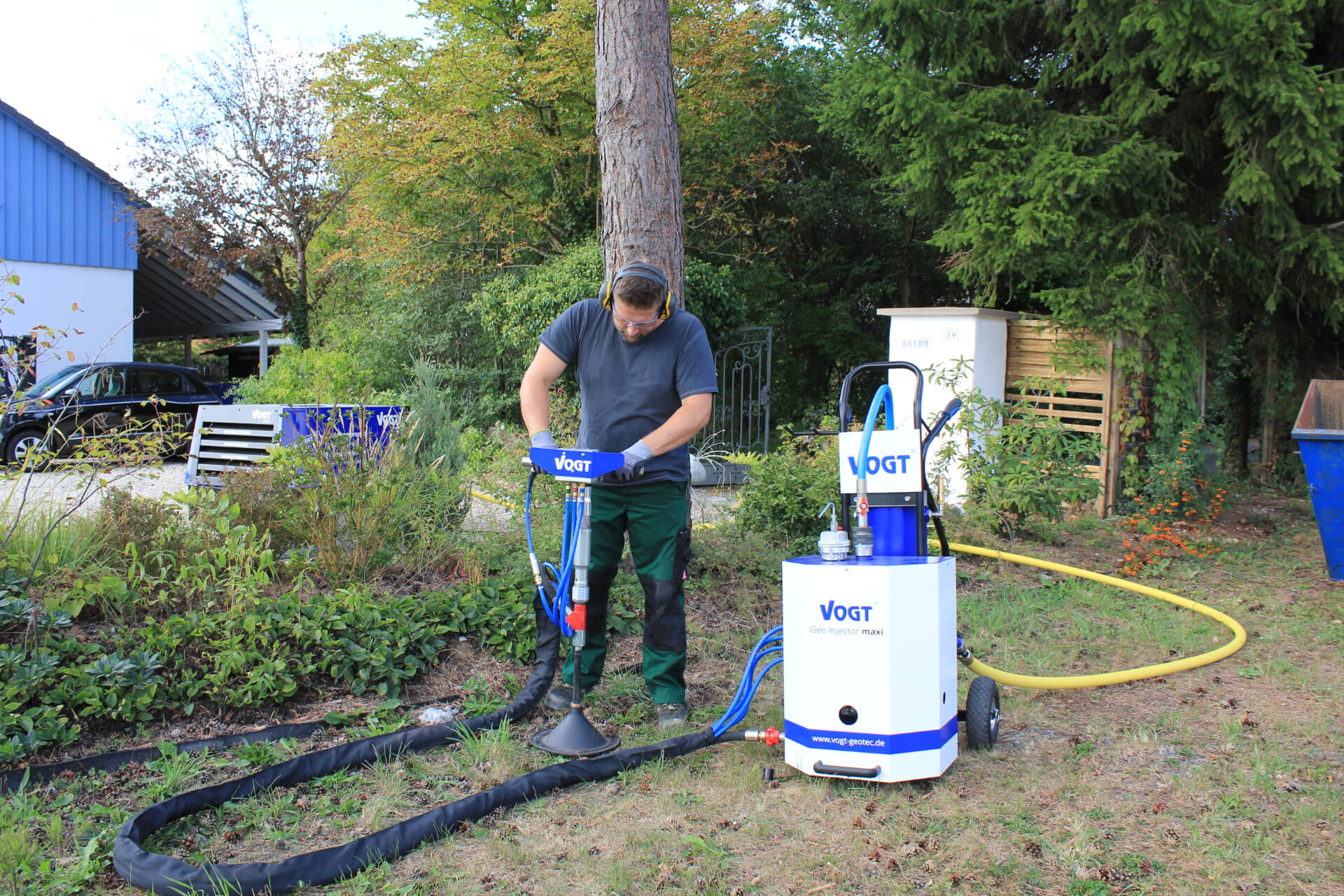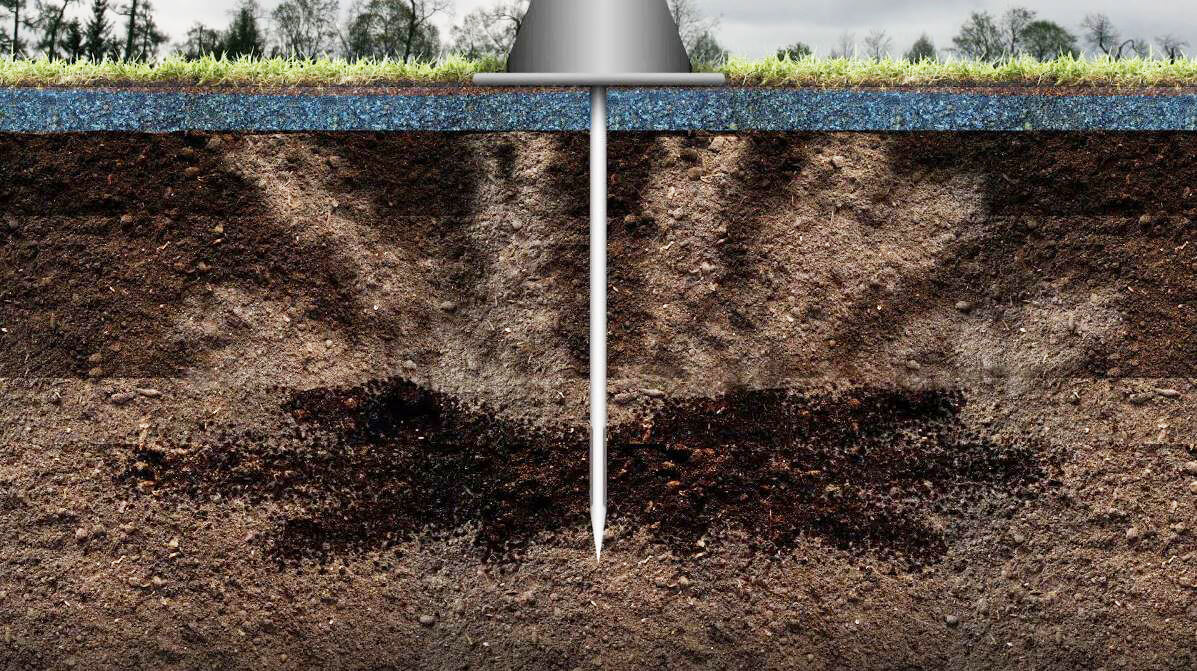In this article
Waterlogged cricket pitches
A waterlogged cricket pitch poses significant challenges for groundskeepers and club managers, affecting match schedules, player safety, and overall pitch quality. Without proper drainage, heavy rainfall can saturate the soil, leading to postponed games and long-term damage to the playing surface. Implementing effective short-term solutions and long-term maintenance strategies, including soil aeration, can prevent waterlogging and ensure a high-quality pitch throughout the season.
Short-Term Solutions: Quick Fixes for a Waterlogged Pitch
Evaluating waterlogging severity
Before deciding on a course of action, it’s essential to assess the severity of the waterlogging. If there is standing water, immediate intervention is required to avoid damage to the pitch.
Using a soil aeration machine
A soil aeration machine is a crucial tool for improving drainage. It creates small perforations in the soil, allowing water to drain more effectively and reducing surface water retention. This helps restore playability quicker after heavy rainfall.

What is a soil aeration machine?
A soil aeration machine works by injecting high-pressure air into compacted soil, creating fractures and air pockets that improve drainage, aeration, and root penetration. This process relieves compaction and restores soil structure, making it more porous and oxygen-rich. The method is particularly beneficial for waterlogged or heavily trafficked areas, such as gardens, paddocks, and sports fields, where compacted soil restricts plant growth and drainage.
To enhance the benefits of aeration, biochar is injected into the newly formed air pockets. This highly porous material helps prevent future compaction by stabilizing soil structure while also improving moisture retention and microbial activity. By combining deep aeration with biochar treatment, soil health is significantly improved over the long term, leading to better drainage, increased nutrient availability, and more resilient ground conditions.
Temporary drainage methods
To quickly mitigate waterlogging, groundskeepers can:
- Use absorbent materials like sand to soak up excess moisture.
- Employ surface spiking to create channels for water runoff.
- Drag mats over the surface to redistribute water evenly.
- Install temporary drainage channels to direct water away from the playing area.
These measures can help in the short term but do not solve underlying drainage problems.
Long-term Solutions: Ensuring proper drainage
Regular soil aeration
Routine aeration using a soil aeration machine prevents soil compaction, enhances water infiltration, and improves overall pitch health. Regular aeration is best scheduled during off-seasons or dry periods to maximize effectiveness.

Installing a permanent drainage system
A well-designed drainage system is vital for preventing waterlogging. Options include:
- Primary Drainage: Installing underground pipes to remove excess water efficiently.
- Secondary Drainage: Adding a sand-based top layer to promote faster surface drainage.
- Soil Improvement: Incorporating sand and organic matter into the pitch to enhance permeability.
Selecting suitable grass and soil composition
Choosing appropriate grass varieties and ensuring balanced soil composition can significantly impact drainage efficiency. Deep-rooted grasses help absorb excess water, while well-structured soil prevents prolonged saturation.
Financial implications of a waterlogged cricket pitch
Cost of postponed matches
Postponed cricket matches lead to financial losses from ticket sales, sponsorship deals, and club revenue. Rescheduling games also incurs additional costs and logistical challenges.
Impact on Club Reputation
A poorly maintained pitch can tarnish a club’s reputation, discouraging teams, sponsors, and fans. Implementing effective drainage solutions ensures a professional playing surface and enhances the club’s standing.
Conclusion
Addressing a waterlogged cricket pitch involves both immediate actions and long-term strategies. Utilizing a soil aeration machine, enhancing drainage systems, and maintaining a structured aeration schedule are key to preventing water retention. Investing in these solutions not only preserves the pitch but also supports uninterrupted games and a thriving cricket environment. Cotswold Drainage offers expert solutions to help cricket grounds maintain top-quality conditions year-round.
Get in touch
Contact our friendly and professional team via form, phone or email for any drainage issues you may have.
From blocked drains to septic tank repairs and replacements, we're here to help. We have over 25 years of experience and offer 24/7 emergency callouts.
-
01386 882324
-
WhatsApp
-
This email address is being protected from spambots. You need JavaScript enabled to view it. -
See what our customers think


